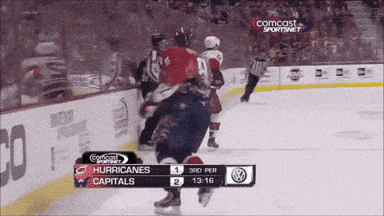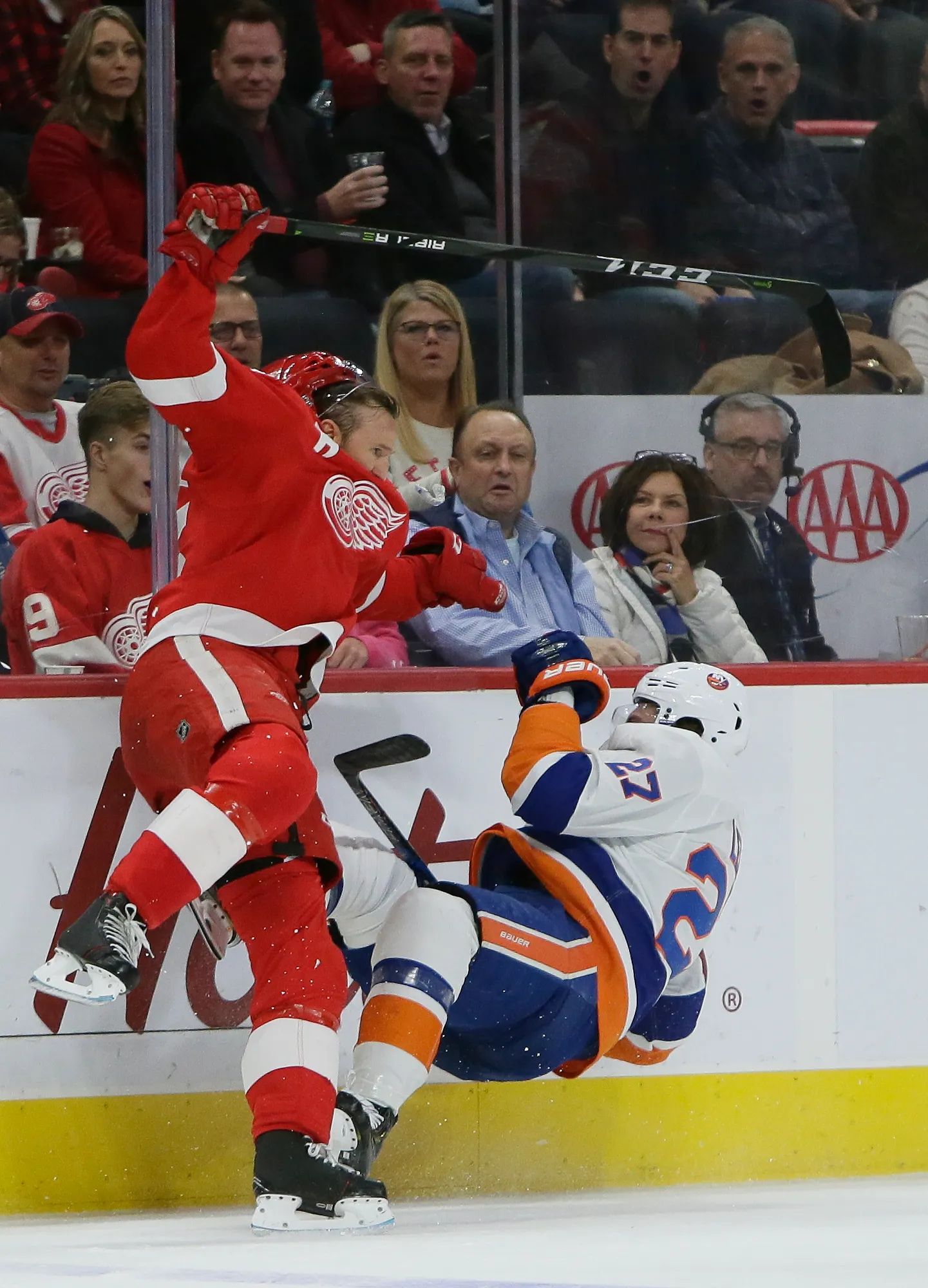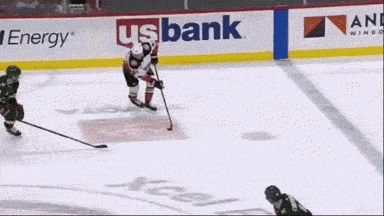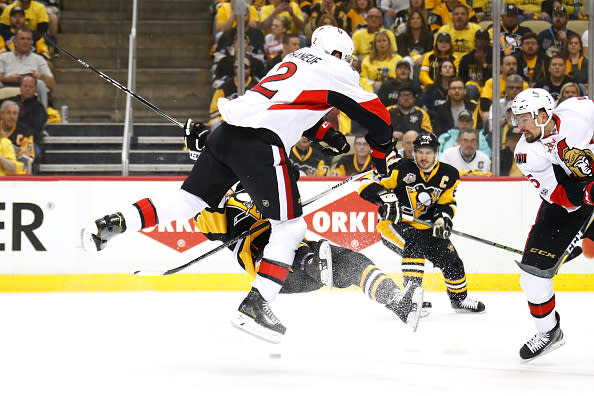Mastering Body Contact in Hockey: A Guide for Parents & Players Graduating to Contact Divisions
Oct 17, 2025
Introduction
As players transition into body-checking age levels, mastering the fundamentals of safe and effective contact is essential. Body contact in hockey is a skill that requires practice, control, and respect for opponents. This guide outlines key elements of body contact, drills that can be practiced at home, and the benefits of multi-sport participation in enhancing a player’s ability to give and receive contact safely.
More information on body contact and checking can be found at usahockey.com This document is accessible to everyone and serves as a valuable resource for parents and players alike. Additionally, USA Hockey's official Checking Manual can be accessed here for further details on proper checking techniques and officiating guidelines.
The Progression of Body Contact

Before full body checking is introduced, players must develop fundamental contact skills:
-
Angling: Using skating position and stick placement to steer an opponent away from high-danger areas.
-
Rubbing Out: Maintaining body positioning to legally contain and control an opponent without delivering a heavy blow.
-
Body Checking: Proper execution involves separating the opponent from the puck, not delivering unnecessary force.
Respect for Opponents
Players must understand when NOT to check. Dangerous situations include:
-
Hitting an opponent in the back
-
Contact near the boards where a player has no space to absorb impact
-
Targeting an opponent who cannot protect themselves
-
Targeting the back or head of an opponent is unacceptable and must be strictly avoided.
The increase in concussions in hockey is largely due to a lack of respect for opponents and poor body control. Factors such as leading with hands up, taking unnecessary runs, and failing to keep the stick on the ice contribute significantly to these injuries.
At-Home Drills for Developing Contact Skills

Players can enhance their readiness for body contact through structured off-ice drills:
Balance & Stability
-
Single-Leg Stance: Stand on one leg for 30 seconds, then switch. Progress to adding small weights or resistance bands.
-
Bosu Ball Challenges: Stickhandle while balancing on a Bosu ball to improve core strength and stability.
-
Lateral Bounds: Jump side to side, landing softly while maintaining control.
Angling & Positioning
-
Mirror Drill: Partner up and shadow movements without crossing feet. This reinforces defensive positioning.
-
Cone Angling Drill: Set up cones and practice cutting off lanes at different angles.
-
Stick Placement Work: Use a broomstick or hockey stick to practice reaching into passing lanes and steering an opponent away from a target area.
Physical Preparedness
-
Wall Pushes: Stand with feet shoulder-width apart and push against a wall to simulate the resistance of rubbing out an opponent.
-
Controlled Bodyweight Contact: Light shoulder-to-shoulder contact with a partner while maintaining balance.
-
Tackle Pad Work: Use a tackling dummy or soft pad to simulate contact, emphasizing controlled impact and balance.
Developing better skating balance and core strength is essential to becoming a player who can effectively and safely play body-contact hockey. Good physical contact starts with strong legs, core muscles, and stability, helping players stay on their feet when delivering or receiving body contact.
Multi-Sport Benefits for Body Contact
Playing multiple sports helps hockey players develop better body control, balance, and spatial awareness—key elements for safe and effective body contact. Sports like basketball, soccer, and football teach positioning, physical engagement, and reaction time, all of which translate to angling, puck protection, and absorbing contact in hockey. By learning to anticipate movement and use their bodies efficiently, multi-sport athletes gain a competitive edge in physical play while reducing injury risks.
-
Lacrosse & Soccer: Enhance angling, body positioning, and endurance.
-
Football & Rugby: Reinforce proper contact techniques, core strength, and balance.
-
Wrestling: Develops body control, leverage, and strength, all critical for safe contact.
Proper Contact & Officiating Standards

USA Hockey educates officials to assess penalties based on overt movements of elbows, arms, hips, and legs. Players may only initiate contact when the opposing player has possession of the puck. If the checking player’s stick is off the ice when contact is delivered, referees are instructed to assess roughing penalties. Players initiating contact must first focus on maintaining stick-on-puck positioning.
Key Enforcement Standards for Body Checking Infractions:
-
Body Checking (Competitive Contact Categories): Any intentional physical contact without an effort to play the puck, such as using the hips, shoulders, or forearms to force an opponent off the puck, is penalized.
-
Boarding: Any action that propels an opponent dangerously into the boards, including excessive acceleration through a check, will result in a penalty.
-
Charging: Taking more than two strides or traveling an excessive distance to accelerate through a body check is considered charging.
-
Checking from Behind: Delivering a body check directly or diagonally from behind is illegal and particularly dangerous near the boards.
-
Cross-Checking: Using the shaft of the stick to forcefully check an opponent is prohibited.
-
Head Contact: Any contact with an opponent’s head, face, or neck is penalized to protect player safety.
-
Roughing: Late hits and excessive force against an opponent not in possession of the puck are strictly penalized.
A good rule of thumb for delivering legal contact is:
-
Mirror the opponent’s movements.
-
Deliver contact shoulder to shoulder, hips to hips.
-
When making contact, aim for the logo of the opponent’s jersey with your lead shoulder.
Proper skating—speed, quickness, mobility, and agility—is fundamental for delivering effective body contact within the rules. Players who chase contact without control often take unnecessary penalties, making them liabilities on the ice.
Additionally, properly fitted equipment is essential for safety. Parents should ensure that their player’s helmet and shoulder pads are up to date and correctly sized to help prevent injuries.
Final Thoughts

Body contact in hockey should be a tool for defensive play, not an opportunity for reckless hits. By developing proper techniques, reinforcing safety, and engaging in multi-sport training, players can build confidence and skill in giving and receiving contact. Parents play a crucial role in supporting this development by encouraging smart, responsible play.
For additional resources or guidance, reach out to your coaching staff or visit usahockey.com You can also refer to USA Hockey’s official checking manual for further details.
About the Author
Once upon a time, a 14-year-old with big dreams (and small shoulder pads) made the leap from Pee Wee to Bantam. That first practice? A shoulder-crunching wake-up call. The solution? Trading in those relics for some massive Easton shoulder pads with Donzi padding, making him look like a long-lost member of the Legion of Doom. Over the years, he learned that when it comes to body checking, you’re either the bug or the windshield—and he’s been both. One thing’s for sure: always keep your head on a swivel. In hockey, the hunter can become the hunted in the blink of an eye.
 Darrell's biggest hit in a 2010 GET League Playoff game in Lillehammer Norway vs the Stavanger Oilers
Darrell's biggest hit in a 2010 GET League Playoff game in Lillehammer Norway vs the Stavanger Oilers

